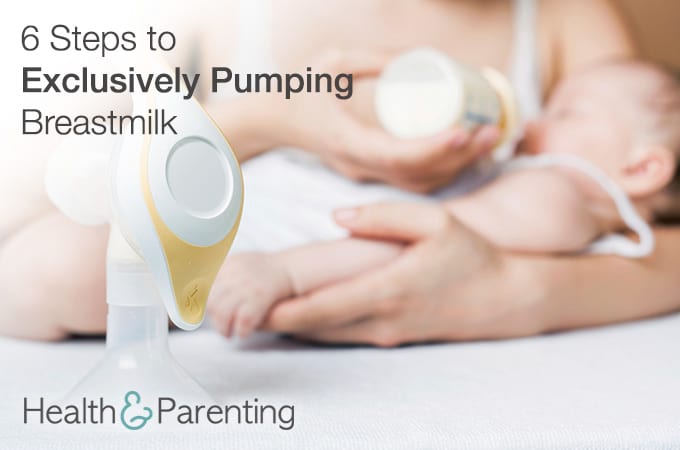Welcome to parenting. Maybe you haven’t had a chance to enjoy it much yet – with all the feedings, diaper changes and sleep deprivation. You’re in a daily whirlwind of activity, and it all seems like a blur. It’s time for you to slow down and enjoy what’s special about your newborn baby.
That baby smell:
Year ago, I was at a breastfeeding conference with my then 3-week-old baby when a mom (who I was acquainted with but didn’t know well) asked if she could just smell my baby. Strangely, I didn’t find this at all weird, since I knew babies have a special smell about them. Researchers have found that sniffing a newborn baby’s head causes dopamine release in the reward pathways of the smeller’s brain.
While nobody knows what causes that newborn smell – just like other chemical messengers or pheromones, there’s likely a purpose. Researchers suggest that the unique smell helps moms recognize their own babies and fall in love with them.
The feel of baby sleeping on your chest:
Is it the warmth, the weight, the closeness, or maybe the absolute trust baby puts in us? Holding your sleeping baby curled up chest-to-chest with you is one of the most relaxing things you can do as a new mom. Even better if you’re skin-to-skin! Maybe this is only something you can truly appreciate when you look back on it while chasing after your now crawling baby.
Those tiny fingers and toes:
With our youngest baby, I remember saying to my husband, “Look at him – he’s four days old. He’ll never be just four days old again. Look now before it’s gone.” Take time to stroke baby’s hands and feet – touch is the most sensitive of the five senses, and both you and baby will benefit from these simple massages. It seems cliché to say time goes so fast, but it indeed does. Now I look at my 6-foot-tall oldest child and can barely remember him wrapping his tiny fingers around my thumb.
That amazingly soft skin:
The expression ‘soft as a baby’s bottom’ isn’t an exaggeration. Your baby may be born with a little bit of vernix still on his skin, which will rub off in the first few days. And you might notice hairs on the ears, back and shoulders – protective remnants from the uterine world. You and your baby may both enjoy infant massage. Use a light natural oil and gentle stroking.
Those incredible first smiles:
Sure some say they’re just gas, but what if they’re not? While child development experts say that true smiles don’t start until around 6 weeks, take pleasure in those occasional smirks you’re newborn bestows on you (even if he’s sleeping at the time!).
Parenting a newborn is sometimes thankless – after all, baby can’t tell you ‘I love you.’ But if you take a moment to enjoy the newness of the world to your little one and the amazingly complex creature your baby is, it may be all the thanks you need.
What’s your favorite things to enjoy about your newborn?
Written by Michelle, childbirth educator, lactation consultant, and mother to 4 busy kids
This information is not intended to replace the advice of a trained medical doctor. Health & Parenting Ltd disclaims any liability for the decisions you make based on this information, which is provided to you on a general information basis only and not as a substitute for personalized medical advice. All contents copyright © Health & Parenting Ltd 2016. All rights reserved.
















